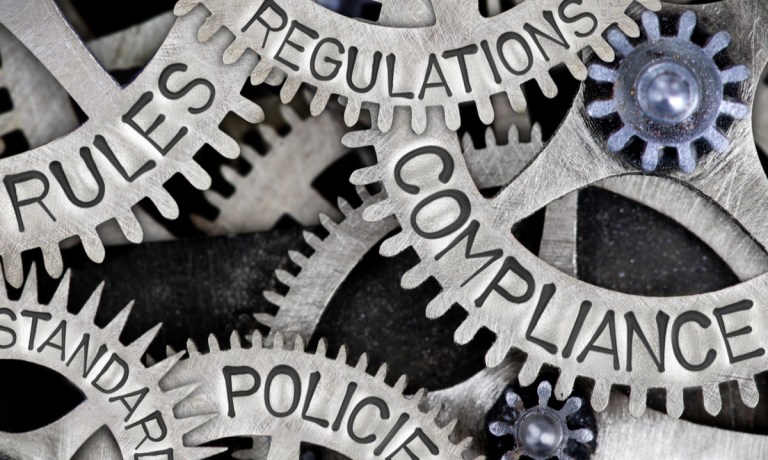Their importance is growing against an operational backdrop where data extortion and ransomware attacks impact businesses.
Eighty percent of organizations have attack paths that expose critical assets, and there has been a 275% year-over-year increase in ransomware-related attacks, according to the “Digital Defense Report 2024” published by Microsoft Wednesday (Oct. 16).
For companies seeking to navigate the complexities of security, compliance and customer trust while mitigating the risks of the contemporary digital threat landscape, SOC 2 (short for Service Organization Control 2) is becoming popular in the payments tech world.
SOC 2 is a set of standards designed by the American Institute of CPAs (AICPA) to evaluate and certify an organization’s internal controls on data security, availability, processing integrity, confidentiality and privacy. It is not a one-size-fits-all checklist; rather, it is a comprehensive framework that organizations tailor to their specific business needs, particularly those handling sensitive customer information, like payment processors and other ecosystem stakeholders.
In today’s cyber threat landscape, if you’re not flaunting a SOC 2 badge, you may fall behind.
Advertisement: Scroll to Continue
See also: CFOs Suit Up for Cyberwar as Risk Management Evolves
Why SOC 2 Compliance Matters in the Payments Environment
The payments industry is uniquely positioned in terms of opportunity and risk. With the increase in digital payments, online transactions, and the integration of FinTech solutions, the volume of sensitive data flowing through payment systems has surged. This data includes personal and financial information, making payment companies prime cyberattack targets. SOC 2 compliance provides a framework for these companies to secure their operations and demonstrate their commitment to data integrity.
To earn those SOC 2 brownie points, companies must prove they’re solid in five key areas: security, availability, processing integrity, confidentiality and privacy. Think of it like showing up to a party. If you don’t have all the essentials (drinks, snacks, good music, friendly vibes and privacy for gossip), no one’s sticking around.
As the payments landscape evolves with the adoption of real-time payments, embedded finance and blockchain, SOC 2 compliance will become more important. Payment companies are integrating complex, interconnected technologies that expose them to new vulnerabilities. SOC 2’s flexible, adaptable framework allows companies to update their controls as their systems grow, ensuring they stay ahead of emerging threats and regulatory changes.
Similarly, as consumers and businesses demand greater transparency and accountability from payment providers, having SOC 2 certification may soon become a baseline expectation. Companies that pursue compliance will be better positioned to build trust, minimize risks and capitalize on growth opportunities in an increasingly competitive market.
Read also: Reducing the Attack Surface: How Data Breaches Imperil Corporate Networks
Controlling Cyberthreats
The PYMNTS Intelligence report “The State of Fraud and Financial Crime in the U.S.” found in September 2022 that 25% of executives at financial institutions with $500 billion or more in assets saw the new sophistication of fraud as a barrier to data security. In addition, 62% of executives at financial institutions with over $5 billion in assets said they saw an increase in financial crime compared to the previous year.
On Oct. 9, Fidelity Investments disclosed a data breach that affected 77,099 customers. The breach occurred Aug. 17 and was discovered Aug. 19, the financial services company said in data breach notifications filed with the Office of the Maine Attorney General.
Banks and financial institutions are facing increasingly sophisticated fraud tactics, according to the PYMNTS Intelligence report “Progress and Protection: Balancing Convenience and Security in Digital Banking.”
The average fraud-related costs for financial institutions with assets exceeding $5 billion leaped 65% in 2023 compared to the previous year, reaching $3.8 million, according to the report.
That’s why SOC 2 compliance is becoming important. The standard aligns with various regulatory requirements such as the Payment Card Industry Data Security Standard (PCI DSS) and General Data Protection Regulation (GDPR). For many payment companies, obtaining SOC 2 compliance is not just about meeting industry standards but also adhering to broader regulatory obligations, thus reducing legal risks and potential penalties.
Still, SOC 2 is not a one-time certification. Payments companies must continually monitor their controls and processes to ensure ongoing compliance. This includes regular audits, vulnerability assessments and incident response testing.

